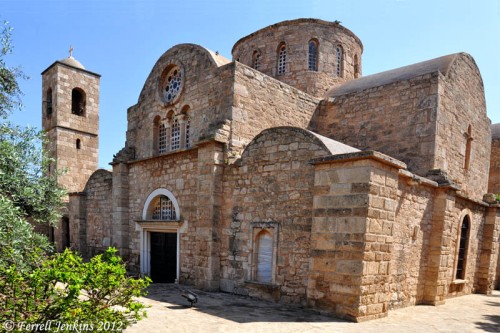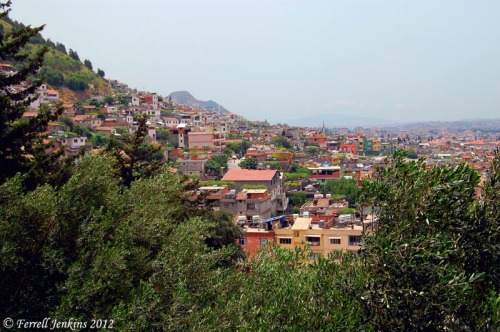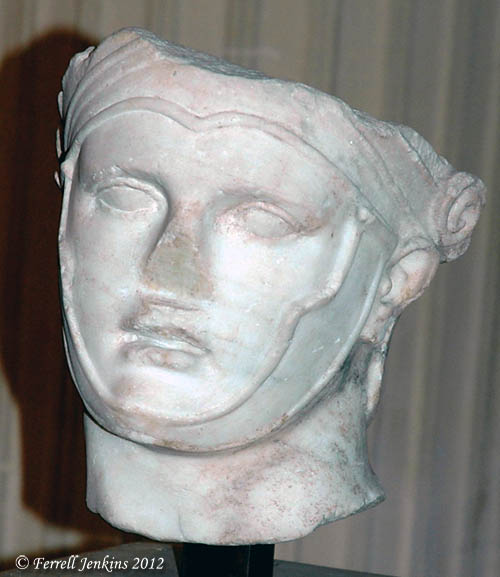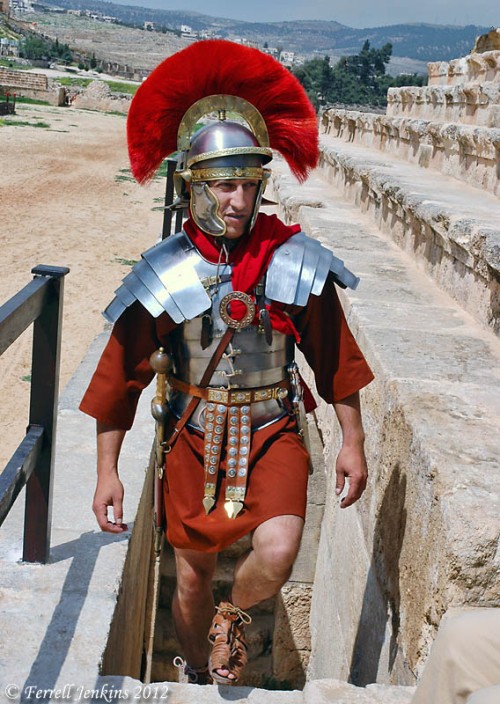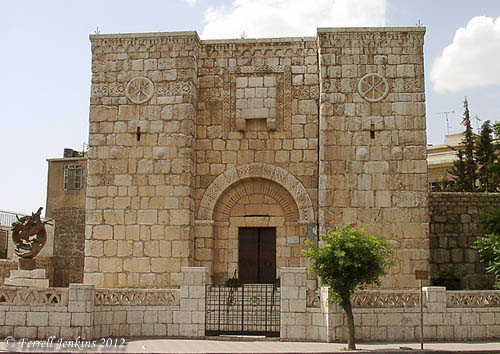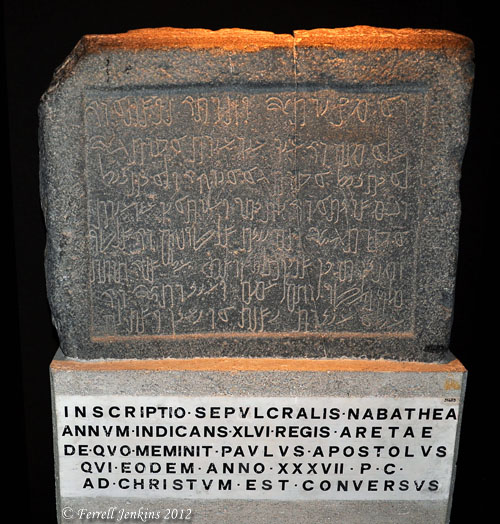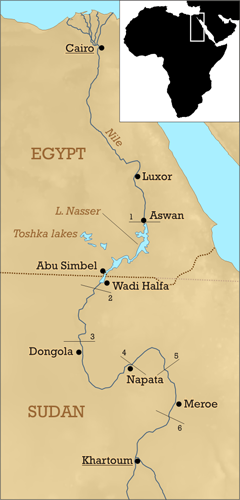We live in sensitive times.

Seriously, everyone is really sensitive to everything. Every time you turn around, someone is hurt or offended, or they’re “denouncing” or “calling for an apology” from someone else. Words like “hateful” are batted back and forth constantly.
Sure, we say we believe in free speech. But we don’t really believe it.
Take Dan Cathy’s comments for example. A bunch of people called them “hurtful” and “hateful.” He was condemned and criticized. Every so often, you can bet that a Robertson or a Piper or a Driscoll or a Phelps or someone else will test our beliefs in free speech.
The problem is, as we work to silence our opponents, we’re really taking our own rights away.
Not Easily Offended Enough
The fundamental problem with our cushy, modern culture is not that we’re too sensitive or too easily offended.
It’s that we aren’t sensitive and offended at the right things.
Most of us lead lives of relative comfort and safety. If you are reading this, it means you have access to the internet, which means you don’t have a million little disadvantages that others do.
And in this relative comfort, free of mortal suffering, we look for things to suffer from. We take it upon ourselves to suffer from the words of others, the way starving people suffer from hunger. We dramatically hurl ourselves on the pyre like a bunch of martyrs, burning in our righteous indignation.
If only the real suffering of the world offended us the same way. Extreme poverty, child slavery and sex trafficking should offend us the way we let our egos be offended every day. If we were offended by things that are actually offensive, we wouldn’t have any more offense left.
A Culture of Bullies
I”ve said before that I think political parties come down to whose freedoms you want to restrict, other than your own. Neither one is a party of “freedom.” See, we believe in free speech, as long as it’s our speech that’s free, and no one else’s. We want our opponents silenced. We demand an apology.
This is the irony of a culture so obsessed with eradicating bullying.
We are becoming a culture of bullies.
We push and shove everyone who looks at us wrong or disagrees with us or insults us, as if the insult really mattered. We demand they be silenced. We do the adult version of giving someone a “swirly.” We slander and insult into our opponents are cowed into submission.
Incidents like the theater shooting in Colorado or the temple shooting in Wisconsin aren’t symptoms of gun laws that are too loose. They are symptoms of a culture of small-minded bullies, who can’t stand that other people think, behave, speak or worship differently. Tighten gun laws, and these things will still happen, because we allow ourselves to get whipped into a frenzy nearly every day over the words someone else said.
The Only Kind of Speech That Needs Protecting
We talk a lot about protecting “freedom of speech.” We feel our freedom being chipped away, bit by bit.
But what kind of speech needs protecting?
No one is trying to restrict your right to send a card to your grandmother, or sing “happy birthday” to your kids. No one is offended by that.
The only kind of speech that needs protecting is the offensive kind.
When people say things that we think are hurtful and offensive, we get riled up, and demand that they recant, apologize, shut up and pay the price. It is the offensive speech that is constantly attacked.
The problem is, the standard of words like “offensive” or “hate speech” is completely fluid. It only takes one crybaby for someone to be labeled “offensive.” So while we’re constantly working to silence our opponents on one side, we feel our rights being chipped away on the other. That’s because we’re holding the hammer and chisel.
The next time someone says something disgusting, offensive, hurtful, we who are offended should be defending them the loudest. We should not be demanding their silence or their apology. We should demand that their right to hurt our feelings and insult our beliefs be protected.
If we don’t, we may find that one day, we are the ones being silenced by someone who calls us “offensive.” Isn’t the truth of the gospel the most offensive thing someone can say?
What do you think? Is it our job to make sure our opponents are silenced, or to give them a microphone? Or should we just get thicker skin?

